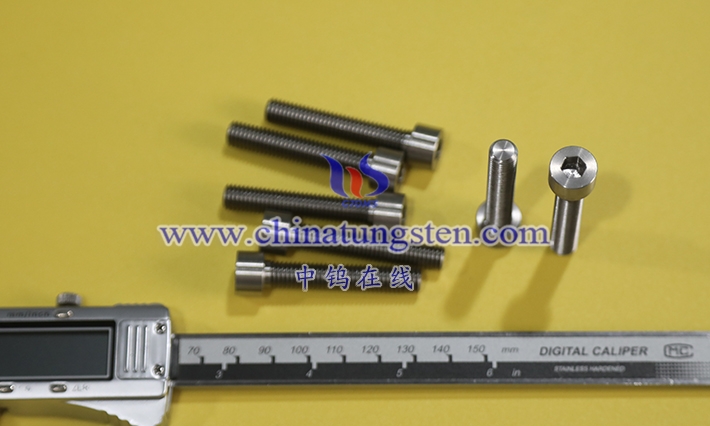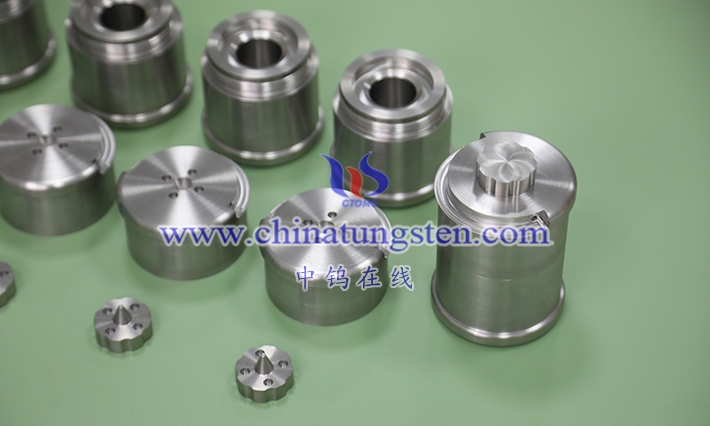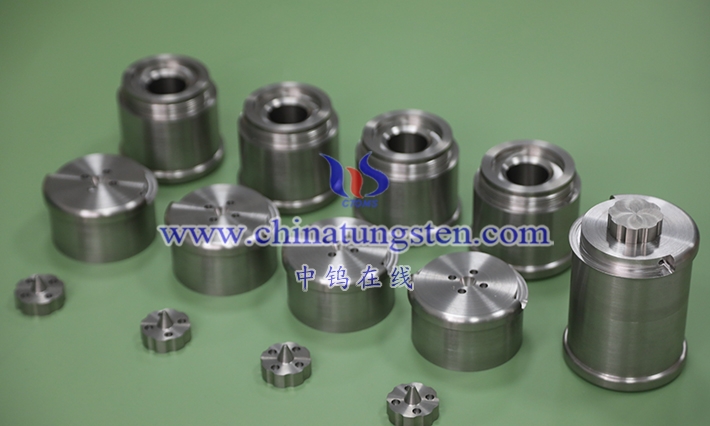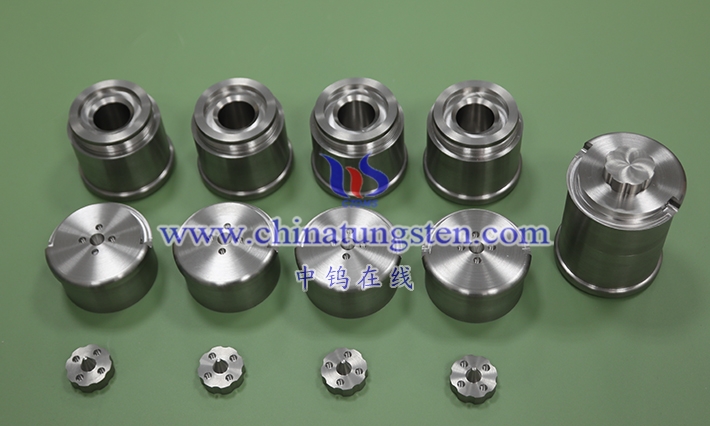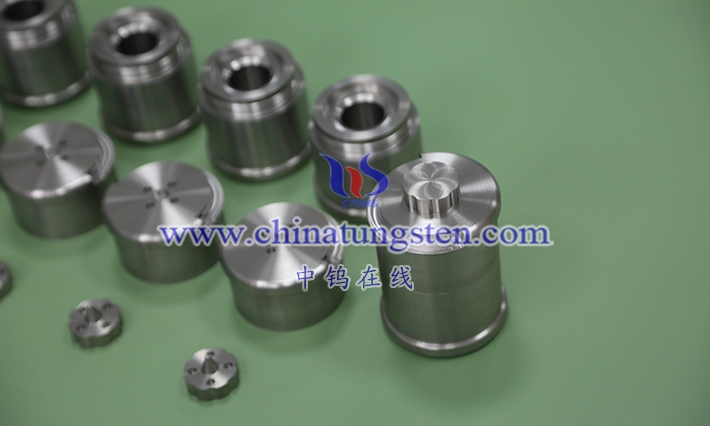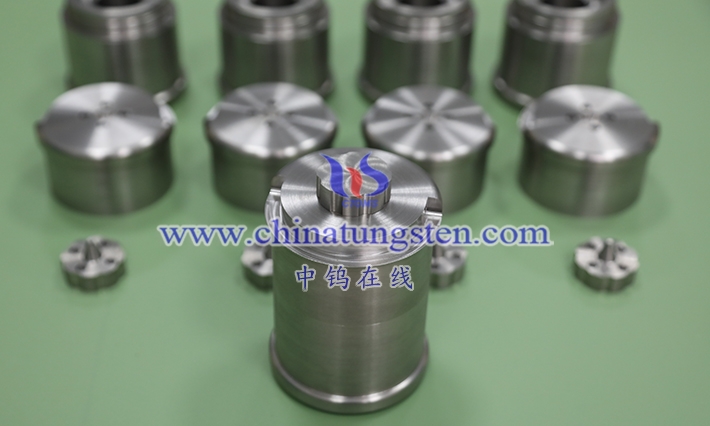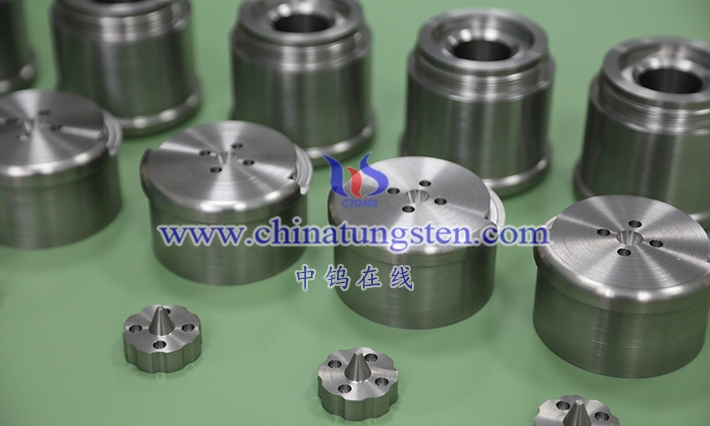What aspects should the mechanical properties of tungsten alloy screws be analyzed from? Mainly including strength, hardness, toughness, fatigue resistance, wear resistance, shear resistance, and heat resistance. First, strength analysis: Examine tensile strength, yield strength, and compressive strength, typically evaluated through tensile testing, with tungsten alloy tensile strength up to 900-1500MPa, suitable for high-load applications. Second, hardness analysis: Measured using Rockwell or Vickers hardness testers, hardness HRC 25-35, reflecting deformation resistance. Third, toughness analysis: Assess fracture toughness and impact absorption energy via Charpy impact testing, quantifying it, with matrix phases like Ni-Fe enhancing ductility 5%-30%. Fourth, fatigue resistance analysis: Through cyclic loading tests on S-N curves, examining fatigue limit, usually above 600MPa, applicable to vibration environments. Fifth, wear resistance analysis: Using Taber abrasion tests or friction coefficient measurements, tungsten’s high hardness ensures low wear rates. Sixth, shear resistance analysis: Evaluated through shear tests, reaching 500-800MPa, preventing screw shear failure. Seventh, heat resistance analysis: Testing performance degradation at high temperatures, high melting point (>3000°C), stable in aerospace. Additionally, consider density (16-19g/cm³) and corrosion effects on mechanical properties. Comprehensive analysis uses standards like ASTM E8, ensuring reliability in medical and aerospace fields. These aspects are interrelated, with strength positively correlated to hardness, and toughness complementing fatigue. Through microstructural analysis, such as grain size, optimize performance, advancing tungsten alloy screws in extreme conditions.
